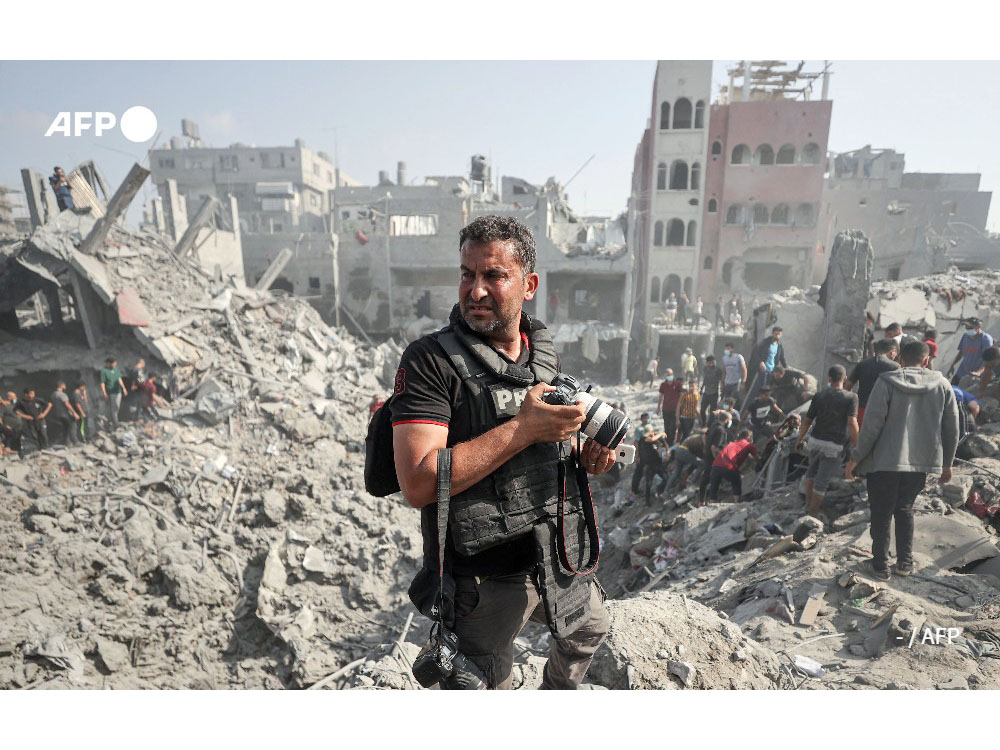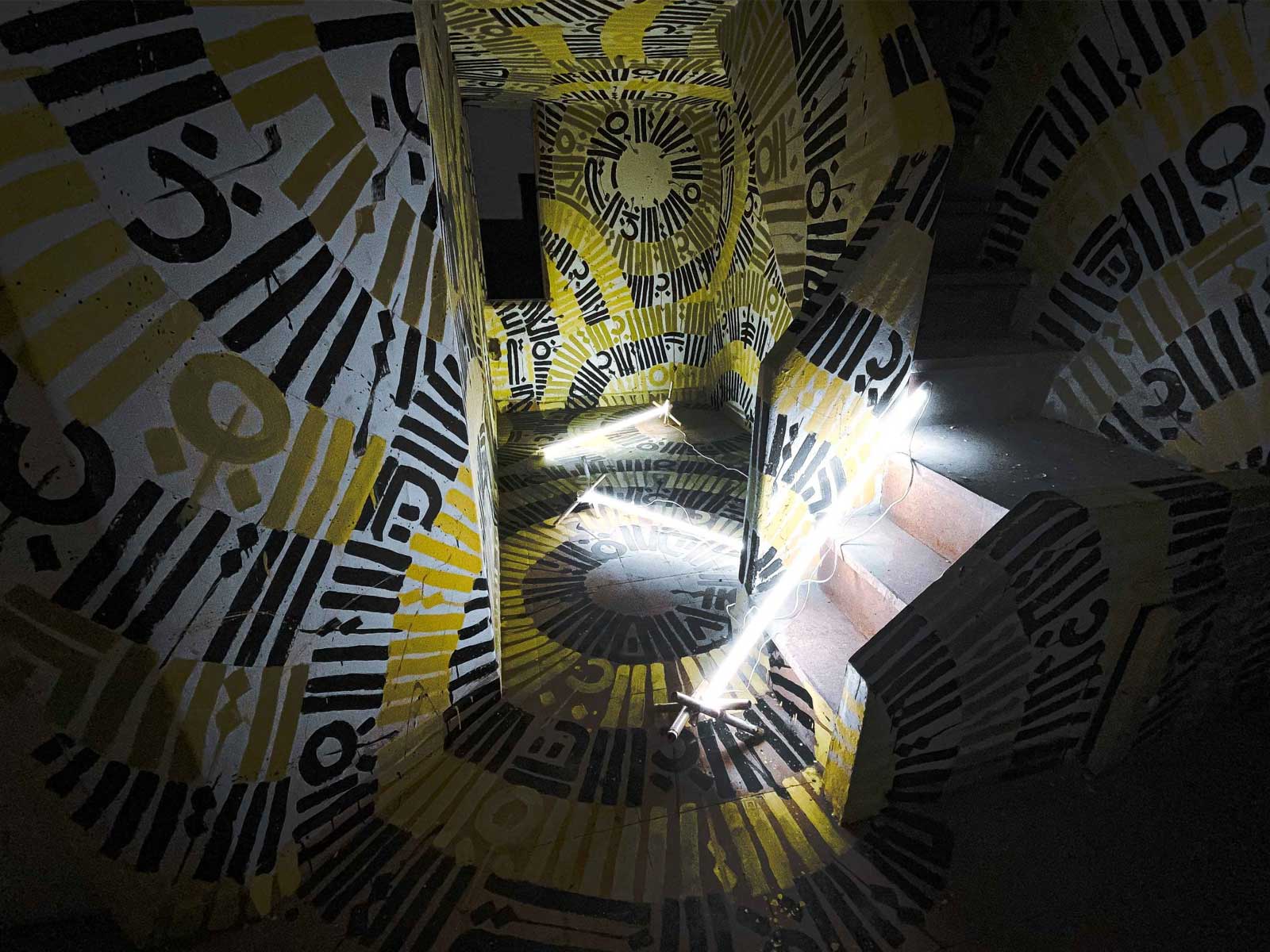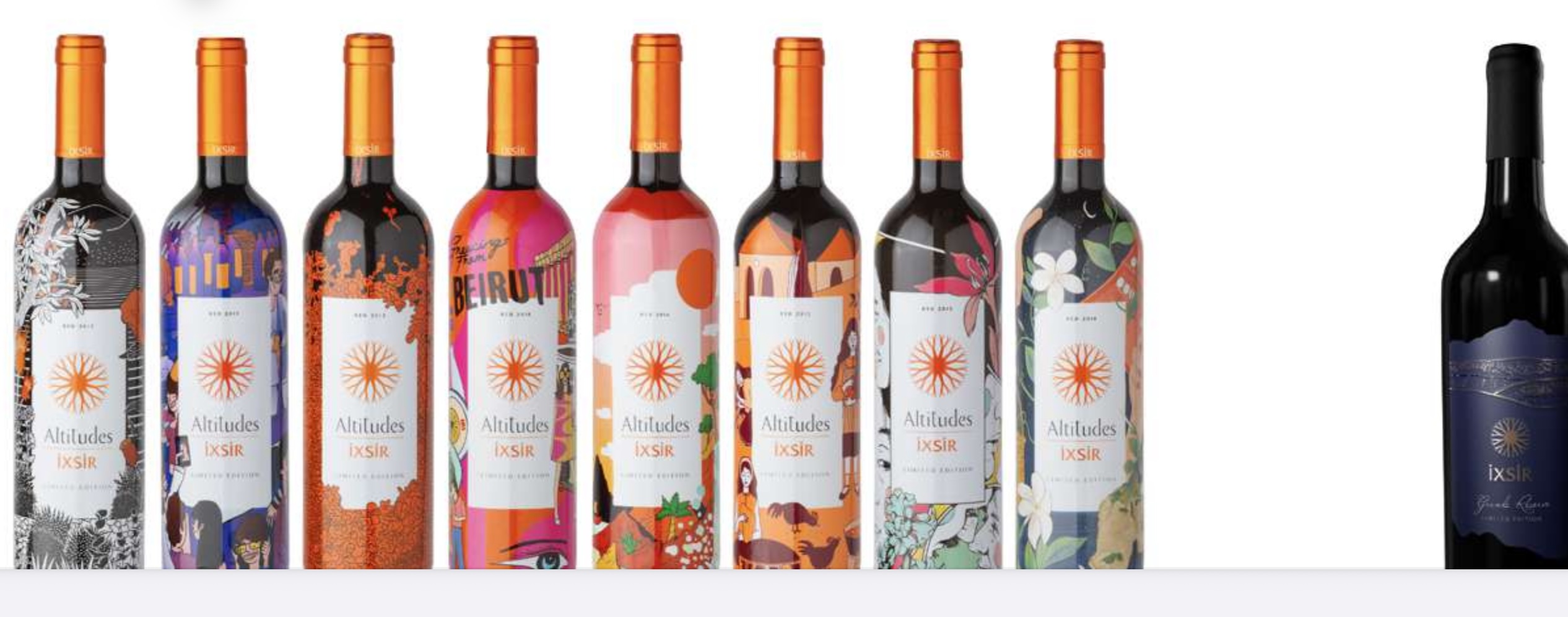Art & Design
Lara Zankoul, A Natural Born Artist
March 13, 2015
.jpg) Advertisement
Advertisement
Tell us a little bit about your career path...
I studied economics but have always been interested in photography and visual arts, which looked like an uncertain career path to choose at the time. I was born photographically in 2008, after I bought my first pro camera and ventured in a 365 project, whereby I committed myself to take a conceptual photo everyday for one year. This project was my learning experience. When I was in college, I chose photography as a free elective course and learned the basic techniques of using a DSLR and how to develop films in dark room; but what interested me most in photography was the creative aspect of it, which I later developed by experience and practice.
What inspired you to be a photographer?
What inspired me to be a photographer is my attraction to visual things. When I was a child I would look into fashion magazines and wished to be able to take such photos. Never have I thought that one day I would!
How would you describe your style and how did you develop it?
My style is conceptual, surreal, whimsical. I developed it by getting in touch with genuine taste and preferences. Conceptual photography was booming a few years ago over the Internet. I was first inspired by a group of young photographers who practiced this type of photography.
Which photographers inspired you most?
I would say Annie Leibovitz and Tim Walker. I was infatuated with the idea of creating big surreal sets and took it this way. Inspiration sources are never-ending. Nowadays, my inspiration sources come mostly from real life experiences. I am very interested in human psychology and behaviour and this is what feeds my concepts mostly.
One of today's main discussion points amongst photographers is about the use of digital photography; where do you stand?
I use digital cameras all the way. The camera for me is a tool that allows me to capture the stages scenes that I create. Digital cameras are more practical and leave less room for error. Digital technology has made photography more accessible to people and easier to deal with. On the other hand, film is extremely interesting to use but it has its own charm and challenges for photographers who are attracted to it.
What kind of mode do you go into when photographing a concept or idea?
Prior to going on set, I have to have the basic of the concept I’m shooting, the main idea. I come very prepared, I previously select and get the props, the wardrobe, the model and location. As I start shooting, I need to be extremely focused to bring the best of all the elements I’ve brought together. While shooting, I think of getting the best angle, model expression and pause, create perspective while making the best possible use of the available light.
What gives you ideas and inspired you to create?
Thoughts, deepest feelings derived from real life experiences are the strongest basis to my imagery.
What is your rcenet favourita image? Can you describe its creation and the process from start to finish?
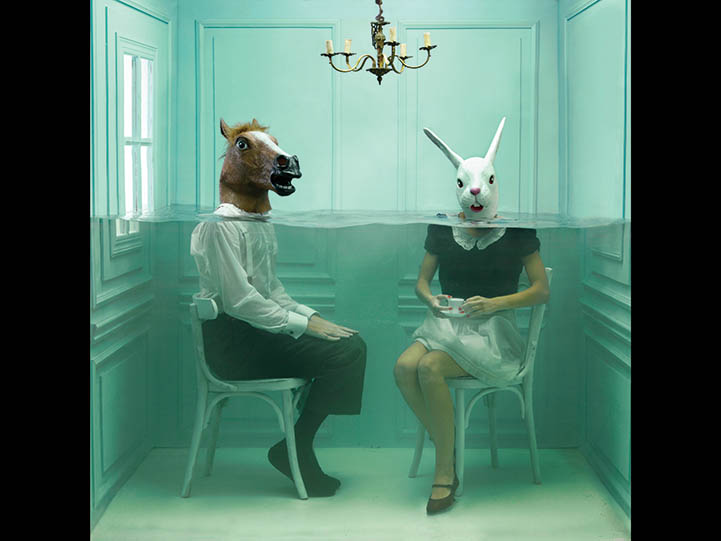
‘The Zoo’ was an extra image I was shooting as part of ‘The Unseen’ series. It was "trying something new" for me and I didn’t really know if it was going to work out or not. It ended up being my favourite image because it made me go out of my comfort zone. I really like the absurdity of it. It was shot in a studio, in a giant tank filled with water.
There are so many possible narratives for each of your photographs - how important is it that the viewers share your intended narrative?
I like to leave room for different interpretations for each photograph. In my honest opinion, the more a photo has dimensions to it, the more it is successful. It is interesting to see how people from different background, with different emotional mind states can view and understand a photo in distinct ways.
What makes a good picture stand out?
A good picture has to be smart; it has to have a mood and be aesthetic.
What do you want to say with your photographs and how do you actually get your photos to do that?
I attempt to translate state of minds and ideas, using visual symbols. By visualising, the mind reads and decodes a certain narrative that gets it to the point of the photo. I also want the viewer to enter my surreal world when looking at it.
What has been one of your most memorable projects you felt really connected to and why?
‘The Unseen’ is the project that I’m mostly attached to. It was a great innovative experience and the results were successful. The fact that people really connected with the work also made me appreciate it more. My message was conveyed well.
What has been your involvment in the latest mini advertising campaign?
I was honoured to be chosen as one of the three ambassadors of the campaign launching the new MINI. The campaign was about being original and invited people to share their originality.
Do you see yourself as a photographer many years down the road?
Yes. Photography is a great passion and the flame never ceases to grow. Although at times I feel like I need a break, yet I can never imagine my life without photography.
What is your favourite and least favourite part of owning your own photography business?
My favourite part is that my work is my passion. The least favourite part is having to deal with all the spectrum of the business myself, sometimes it gets overwhelming to be responsible for everything from A to Z.
What advice do you have for photographers just starting out?
To try to stand out as much as possible.
On the technical front..
Nikob or Canon, other? Canon.
If you had to choose one lens, which one would it be? 24-70 mm 2.8.
What is your favourite photography accessory, other than your camera? My soft box, which gives me the light that I seek most.
How important is photoshop in your final images? Photoshop is very important, I give it 40%.
What is your most used photoshop tool, plug-in, action set etc.? The Curves and selective colour tools are my favourites.
Are you a mac or PC lover? Mac lover.


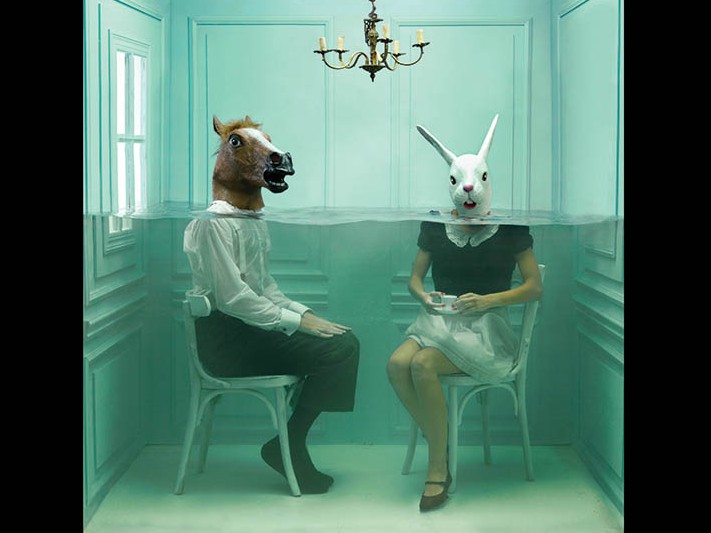
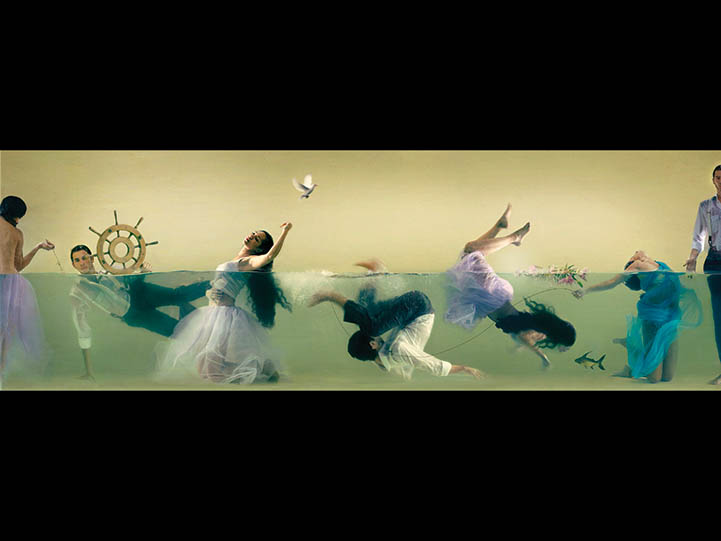
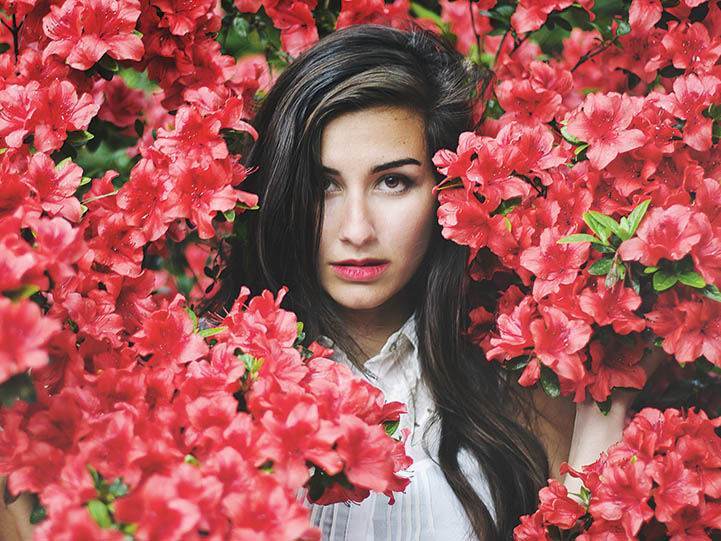
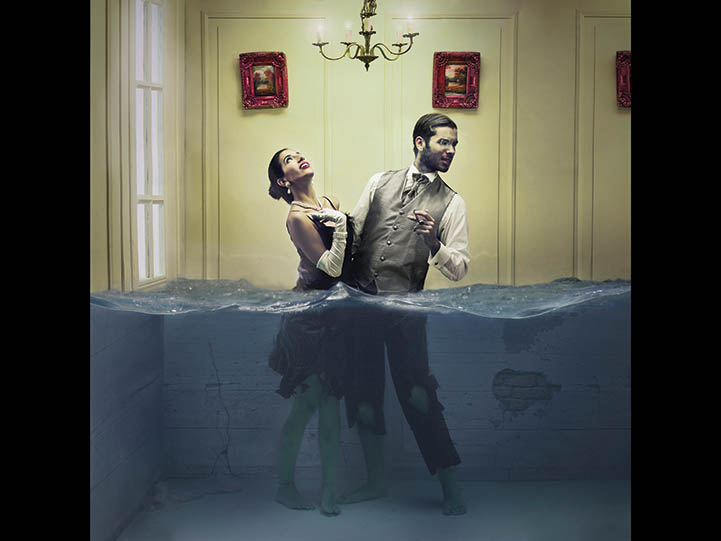
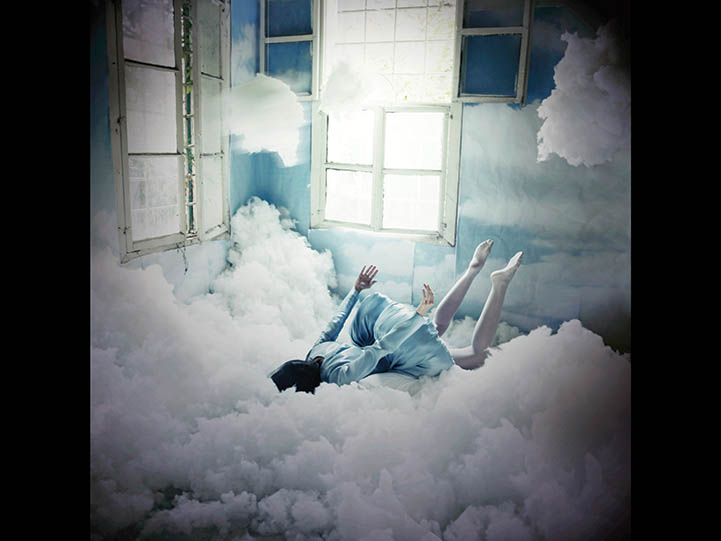
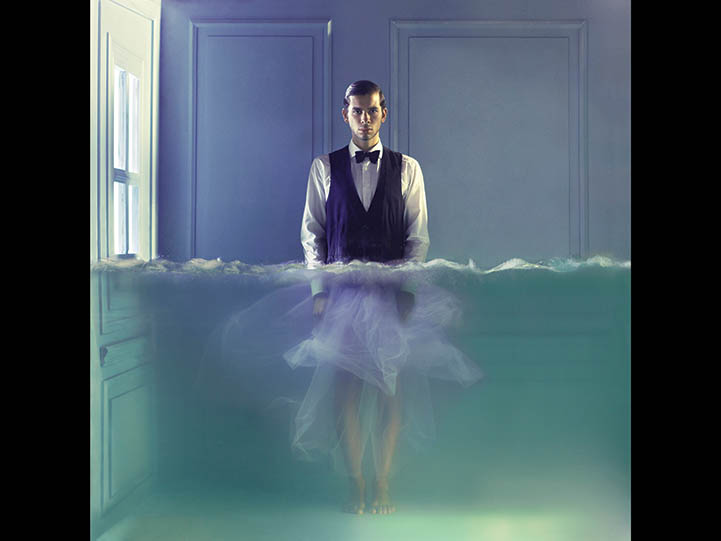

.jpg)


